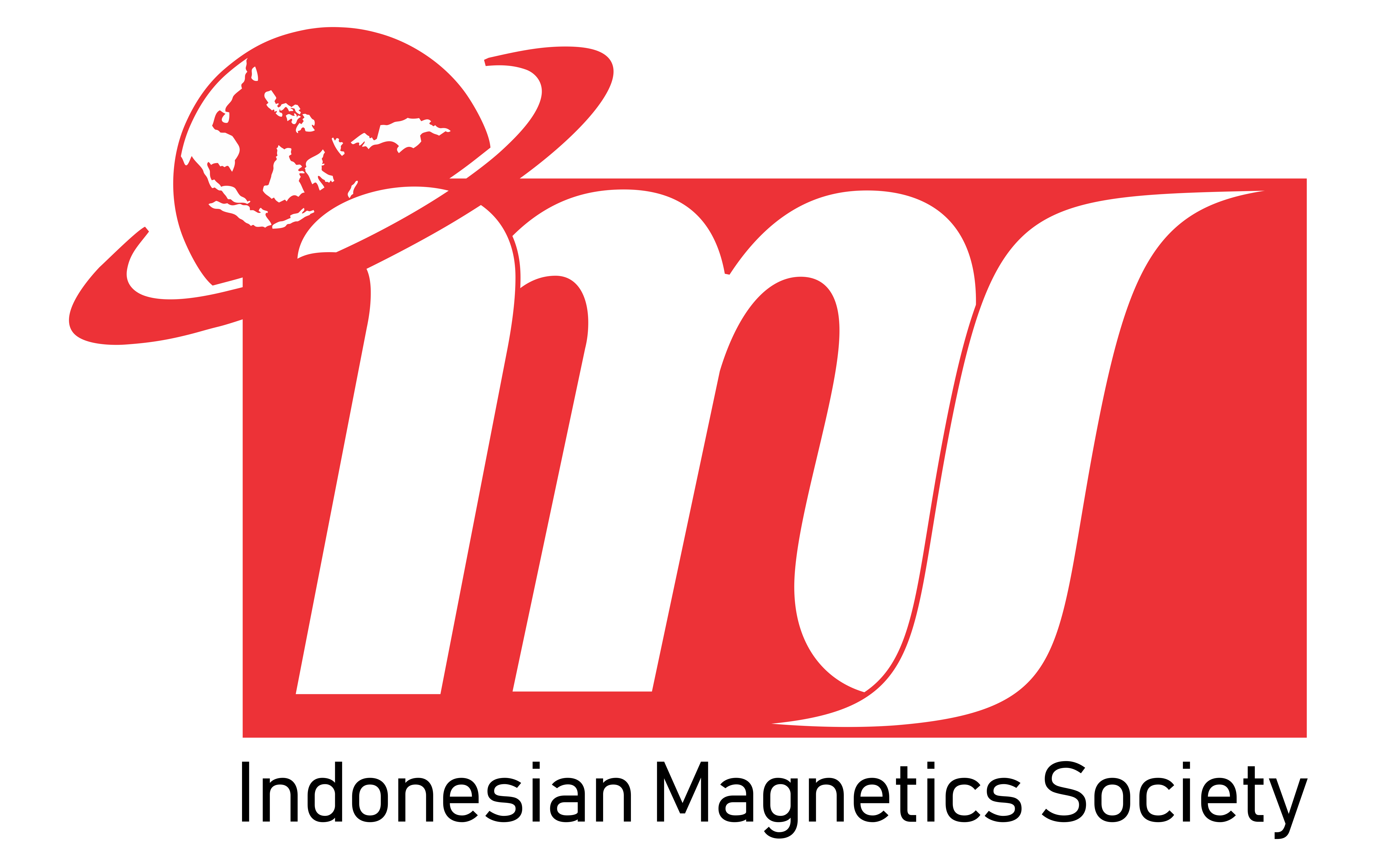Analysis of Earthquake Activity in Indonesia by Clustering Method
Abstract
Keywords
Full Text:
PDFReferences
Akbar, R., Darman, R., Marizka, Namora, J., & Ardewati, N. (2018). Implementasi Business Inteligence Menentukan Daerah Rawan Gempa Bumi di Indonesia dengan Fitur Geolokasi. Jurnal Edukasi Dan Penelitian Informatika, 4(1), 30–35. https://doi.org/10.26740/jieet.v2n1.p13-18
Bahri, Z., & Mungkin, M. (2019). Penggunaan SCR sebagai Alarm Peringatan Dini pada saat terjadi Gempa Bumi. JET (Journal of Electrical Technology), 4(3), 101–105.
Bholowalia, P., & Kumar, A. (2014). EBK-means: A Clustering Technique Based on Elbow Method And K-Means in WSN. International Journal of Computer Applications, 105(9).
Dempster, A.P., Laird, N. M. & Rubin, D.B. (1997). Maximum Likelihood from Incomplete Data Via the EM Algorithm. Journal of the Royal Statistical Society, Series B(39), 1- 38.
Halim, N. N., & Widodo, E. (2017). Clustering Dampak Gempa Bumi di Indonesia Menggunakan Kohonen Self Organizing Maps. Prosiding SI MaNIS (Seminar Nasional Integrasi Matematika Dan Nilai Islami), 1(1), 188–194.
Humaira, H., & Rasyidah, R. (2020). Determining The Appropiate Cluster Number Using Elbow Method for K-Means Algorithm. WMA-2, January.
Ismail. (2021). Klasifikasi Area Gempa Bumi Menggunakan Algoritma Random Forest. Jurnal Ilmiah Informatika Komputer, 26(1), 56–64.
Kencanawati, N. N., Agustawijaya, D. S., & Taruna, R. M. (2020). An Investigation of Building Seismic Design Parameters in Mataram City Using Lombok Earthquake 2018 Ground Motion. Journal of Engineering & Technological Sciences, 52(5).
Kurmiati, D., Fauzi, M. Z., Ripangi, Falegas, A., & Indria. (2021). Clustering of Earthquake Prone Areas in Indonesia Using K-Medoids Algorithm. Malcolm: Indonesian Journal of Machine Learning and Computer Science, 1(1), 47–57.
Kurniati, D., Fauzi, M. Z., Ripangi, R., Falegas, A., & Indria, I. (2021). Clusterisasi Daerah Rawan Gempa Bumi di Indonesia Menggunakan Algoritma K-Medoids: Clustering of Earthquake Prone Areas in Indonesia Using K-Medoids Algorithm. MALCOM: Indonesian Journal of Machine Learning and Computer Science, 1(1), 47-57.
Marutho, D., Handaka, S. H., & Wijaya, E. (2018, September). The determination of cluster number at k-mean using elbow method and purity evaluation on headline news. In 2018 International Seminar on Application for Technology of Information and Communication (pp. 533-538). IEEE.
Mason, H. B., Montgomery, J., Gallant, A. P., Hutabarat, D., Reed, A. N., Wartman, J., ... & Yasin, W. (2021). East Palu Valley flowslides induced by the 2018 MW 7.5 Palu-Donggala earthquake. Geomorphology, 373, 107482.
Meltzner, A. J., Sieh, K., Abrams, M., Agnew, D. C., Hudnut, K. W., Avouac, J. P., & Natawidjaja, D. H. (2006). Uplift and subsidence associated with the great Aceh‐Andaman earthquake of 2004. Journal of Geophysical Research: Solid Earth, 111(B2).
Murdiaty, M., Angela, A., & Sylvia, C. (2020). Pengelompokkan Data Bencana Alam Berdasarkan Wilayah, Waktu, Jumlah Korban dan Kerusakan Fasilitas Dengan Algoritma K-Means. Jurnal Media Informatika Budidarma, 4(3), 744.
Nicolaus, Sulistianingsih, E., & Perdana, H. (2016). Penentuan jumlah cluster optimal pada median linkage dengan indeks validitas silhouette. Buletin Ilmiah Math. Stat. Dan Terapannya (Bimaster), 5(2), 97–102.
Permana, A. 2021. Mengenal Gempa Bumi, Sumber, dan Bahayanya. https://www.itb.ac.id/news/read/57739/home/mengenal-gempa-bumi-sumber-dan-bahayanya
Reviantika, F., Harahap, C. N., & Azhar, Y. (2020). Analisis Gempa Bumi Pada Pulau Jawa Menggunakan Clustering Algoritma K-Means. Jurnal Dinamika Informatika, 9(1), 51–60.
Sarah, D., & Soebowo, E. (2013). Liquefaction Due to the 2006 Yogyakarta Earthquake: Field Occurrence and Geotechnical Analysis. Procedia Earth and Planetary Science, 6, 383-389.
Sari, A. W., Jasruddin, & Ihsan, N. (2012). Analisis Rekahan Gempa Bumi dan Gempa Bumi Susulan dengan Menggunakan Metode Omori. Sains Dan Pendidikan Fisika, 8(3), 263–268.
Siregar, A. M. (2018). Penerapan Algoritma K-Means untuk Pengelompokan Daerah Rawan Bencana di Indonesia. INTERNAL (Information System Journal), 1(2), 1-10.
Syakur, M. A., Khotimah, B. K., Rochman, E. M. S., & Satoto, B. D. (2018, April). Integration k-means clustering method and elbow method for identification of the best customer profile cluster. In IOP Conference Series: Materials Science and Engineering (Vol. 336, No. 1, p. 012017). IOP Publishing.
Refbacks
- There are currently no refbacks.







